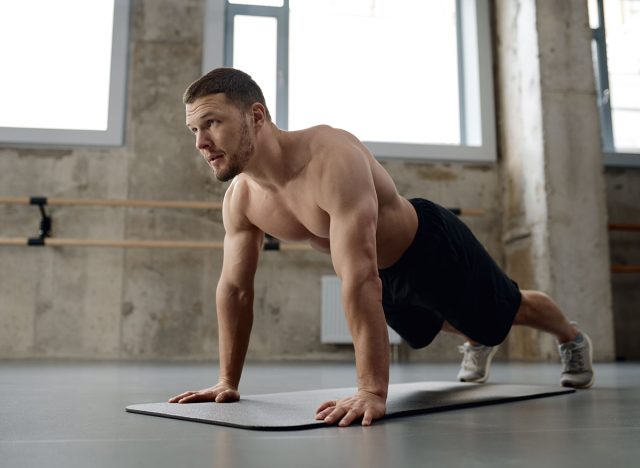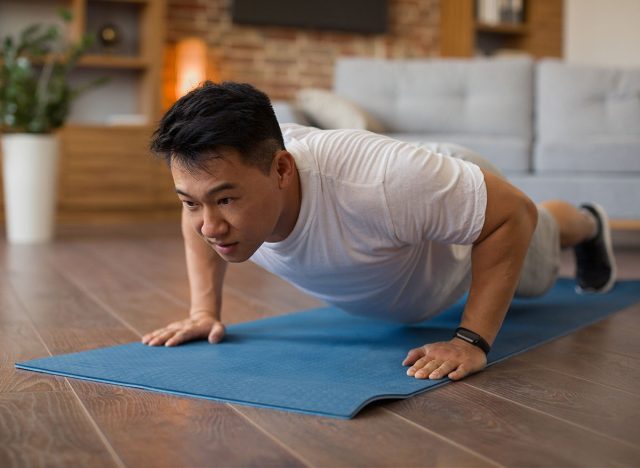Over 40? This Push-Up Test Reveals Exactly How Fit You Are

You don’t need fancy gear or hours at the gym to get a clear picture of your strength. The push-up test gives you instant feedback on how fit, powerful, and well-balanced your body really feels. It’s a raw, honest benchmark ,and it doesn’t lie.
Push-ups train more than just your chest. They challenge your core, shoulders, glutes, and even your ability to stabilize through fatigue. Push-ups demand control and endurance, and the test shows whether your body holds up under pressure or starts to fold fast.
Whether you’re looking to reclaim your athletic edge, stay strong with age, or build a body that performs every day, this one-minute challenge highlights your baseline and shows you where to grow. No equipment, no excuses, just you versus gravity.
The Test: 60-Second Push-Up Challenge

This test reveals muscular endurance, core stability, and upper-body strength all at once. It also shows how well your body moves as one unit. You’ll quickly learn whether your movement breaks down under fatigue or stays strong from rep one to sixty.
How to do it:
- Set a timer for 60 seconds.
- Get into a high plank with your hands just outside shoulder-width.
- Lower your chest to the floor, keeping elbows at a 45-degree angle and core tight.
- Press back up with control. Repeat for as many clean reps as possible without sacrificing form.
The Results: What Your Number Means

Your final rep count speaks volumes. But form matters just as much as quantity, so be honest about your movement quality.
- 30+ push-ups: You’re in strong territory. That level of upper-body endurance and core strength shows your training pays off.
- 20–29 push-ups: Solid fitness. You’ve built a reliable foundation but still have room to climb.
- 10–19 push-ups: You’re moving, but there’s work to be done. Focus on full-body strength and core control.
- Under 10 push-ups: Time to rebuild. Strengthen your chest, triceps, and core with variations and consistency.
Track your progress every few weeks. Improvement here reflects gains in multiple muscle groups, not just the mirror muscles.
Why This Test Works

Push-ups force your body to work as a unit. They demand strength through the chest, shoulders, triceps, and abs while holding tight form from your feet to your head. Every rep tests your ability to resist fatigue, generate force, and stabilize under load.
As you improve, you’ll notice better posture, stronger lifts, and sharper coordination in other exercises. This test sets the standard for functional strength.
How to Improve Your Score

Can’t break 20 reps yet? No problem. Start with incline push-ups on a bench or step to build control through a full range. Focus on slowing the lowering phase, eccentric training builds strength fast.
Add core work like planks, dead bugs, and hollow holds to stabilize your midsection. You’ll last longer with better form. Mix in triceps dips and shoulder taps to add endurance to your supporting muscles.
Finally, practice your push-ups in sets throughout the week, not just once a month. Three sets of max-effort reps every other day drive results fast. Don’t chase numbers, chase quality. The reps will come.